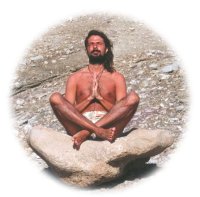Formal presentation (kind of)
Last update 27-11-2018
The Farma Valley Winter Fest started from the collaboration of various professional and volunteer subjects which for over ten years are operating in the area, proposing initiatives for protection and promotion of lesser known assets, and facilitating exchanges and collaboration also outside of the valley in the fields of culture, environment and open innovation and a special care for participatory processes.
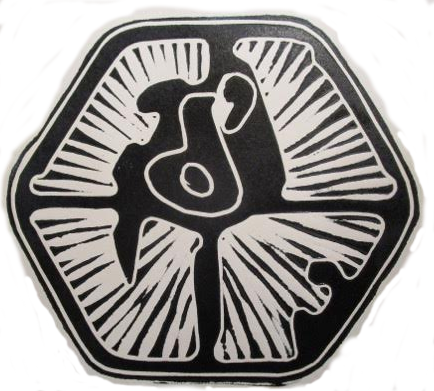
A summary of the experiences made since 2007 in the Farma Valley was published last Summer on Langscape Magazine. The pibinko.org website the has a lot more information on the context which has been created in this area (projects, media coverage, proposed services, and a lot more)
The first edition of the Festival (Dec. 17-19, 2016) was a great success, compared to the resources available for it. It had a wide media coverage on local and regional press, and visitors coming from Florence. The second edition (Dec. 17, 2017) had a bit less energy. Nevertheless, it was fun for the residents, helped to reinforce the link with other communities nearby, and gave continuity to the project.
The third edition (Dec. 14-16, 2018) is sounding like an enhanced version of the firs one, with:
- activities in Torniella, Piloni, Scalvaia, Tatti, and Belagaio
- visibility for businesses and NGOs in the valley and in the territories close to it
- presence of interesting subjects from “far away”, including international research centers, photographers, and performers
A detailed schedule will be published gradually on the pibinko.org web site, in Italian and English, and in additional languages for some parts.
The Festival has a series of “waiting for the Festival” events, launched on Nov. 14 in Grosseto (followed by Florence, Nov. 15, Massa Marittima Nov. 16, Pomarance Nov. 17, Politecnico di Milano Nov 22, Torino Nov. 23, Madrid Dec. 1, Milano Dec. 5, Grosseto Dec. 13).
The 2018 Farma Valley Winter Fest organizing team is composed by pibinko.org (idea, communication and manangement), Pro Loco Piloni-Torniella (main local organizer), supported by Associazione Filarmonica Popolare Torniella, Circolo ARCI Torniella, Circolo ARCI Piloni, Usi civici di Tatti e Usi civici di Torniella-Piloni, and various local businesses (Falegnameria Roberto Serragli di Scalvaia, Trattoria il Boscaiolo di Torniella, Termoservice di Bartalucci Michele, Andrea Bartalucci Tuttofare).
Other subjects are interested in collaborating and will be listed at the end of the event.
The Festival has the patronage (with no funding) by the Muncipality of Massa Marittima (a response to similar requests to the Roccastrada and Monticiano municipalities is pending).
For more information: info@pibinko.org
CAAT 2018 conference
The Third Farma Valley Winter Fest will host on Dec. 16, 2018 the annual CAAT conference. CAAT stands for “Coordinamento Associazioni Astrofile della Toscana“, i.e. the network of amateur astronomer associations in Tuscany. This comprises some forty associations spread across the region.
The local promoter of the venue is pibinko.org, handling for some years now a series of professional services concerning outreach on lighting and darkness related to the BuioMetria Partecipativa project, among other services on culture, environment, and open innovation.
The event is mainly directed to an Italian participation. However, should you be interested to know more about it, or even to propose a talk (we will provide live translation services at no cost for this specific event), please write to bmp@pibinko.org.
The deadline to submit abstracts for presentations is December 7, 2018.
=================================================
The conference is open to all those with a passion for astronomy and night skies (but please be sure to register…see below).
The location
Torniella is in the Farma Valley, about 100 km South of Florence. This is half way between Siena and Grosseto, on the former state road leading from Siena to the South.
You may reach it from the North, first heading for Monticiano, and then continuing South, direction Roccastrada for 14 km, or from the South (or the coast) reaching Roccastrada and continuing North for 13 km.
Please avoid the main state road (Siena-Grosseto). This does in fact cross the valley, but several kilometers East of the conference location.
Participants are invited to consider car sharing.
For participants arriving from the Pisa area, it is possible to reach Torniella with a very scenic drive (Volterra-Casole d’Elsa- strada regionale “traversa maremmana”, SP73 below Rosia): however, this is a very curvy road and is not recommended during the Winter if you are not a local.
The Farma Valley
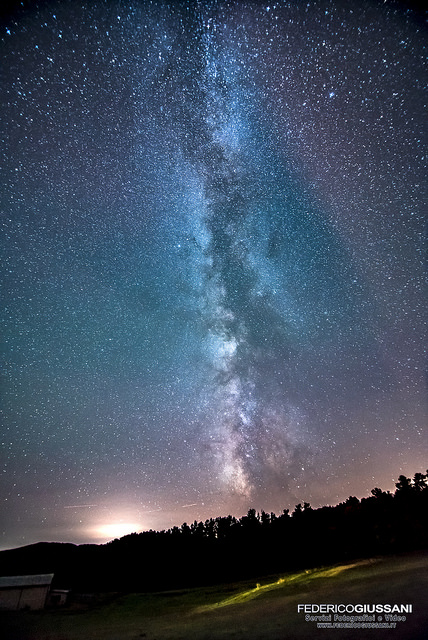 The valley is where the BuioMetria partecipativa (participatory night sky quality monitoring) was born in 2008. It has very good night sky brightness conditions, as documented by various surveys conducted by Italian amateur astronomers, as well as international researchers. Among other experiences, we like to recall the measurement campaign in March 2015, with a team of twelve scientists coming from six countries (see article).
The valley is where the BuioMetria partecipativa (participatory night sky quality monitoring) was born in 2008. It has very good night sky brightness conditions, as documented by various surveys conducted by Italian amateur astronomers, as well as international researchers. Among other experiences, we like to recall the measurement campaign in March 2015, with a team of twelve scientists coming from six countries (see article).
Under a very interesting starry sky, the landscape during the day brings no less surprises, with natural and man-made landmarks. We have the La Pietra, prehistorical quarry, several medieval iron work, and the Belagaio state natural reserve, at the centre of a NATURA2000 protected site, and including a horse breeding facility. Half an hour drive from Torniella we also find the more renown Petriolo hot springs.
The socio-economic peculiarities of the valley are not to be neglectedel luogo. While having a very low population (less than 500 residents over 120 km^2, concentrated in the villages of Torniella, Piloni, and Scalvaia), the area has a high number of local businesses, relative to the number of residents, and has a lively sports scene. This includes a football team, a mountain bike trophy, and -most of all- numerous players of palla a 21 (or palla eh!), an ancient handball game.
The musical scene is not less enticing, with one of the most active philarmonic bands in Southern Tuscany, a classical music Summer school, and folks who are active on innovative musical projects, such as the fusion of rock-blues and environmental outreach.
Combining these resources, since 2007 the Valley has become the hub of several original project in the field of protection and promotion of lesser known assets in culture, environment, and open innovation. Among and extensive list of media reports, this case was covered in an effective way in a recent article on Langscape Magazine.
Conference Venue
The conference venue is the rehearsal room of the Associazione filarmonica popolare Torniella (80 seats available)
Schedule (pending the publication of a detailed list of presentations)
- 10 AM – opening of the conference
- 1PM – Light lunch at Trattoria il Boscaiolo (150 m from the conference venue). This combines typical Southern Tuscan dishes with Andalusian specialties (the chef is from Granada, Spain)
- 2 PM – afternoon talk and CAAT general assembly
- 5.30 PM – conclusion
With good weather, should participants be interested, it is possible to arrange a short guided tour of the village (20-minute walk, just afert lunch)
Opportunities
- The conference takes place in the context of the third Farma Valley Winter Fest, an interdisciplinary territorial promotion event created by the same team managin the BuioMetria Partecipativa project. The Festival includes “local” features (i.e. the commong goods in the forest, the valley community map or the construction of the palla a 21 ball), as well as “global” features, such as webinars on advance 3D visualization for the creation of virtual museums, and some healthy entertainment (short walks in the woods, and indoor games, dance contests and live music).
- Should you be interested, you are invited to arrive in Torniella on Saturday, Dec. 15. There will be a space to showcase your activities, and it convenient lodging options are available in Torniella and Piloni (1.5 km from the conference venue).
Important dates
If you plan to attend the 2018 CAAT conference, by Dec. 7 2018 you should write to info@pibinko.org indicating
a- if you are interested in attending the conference (in Italian)
b- if you are interested to propose an abstract (this may be in English)
c- if you are interested in lodging.
Organizing committee
The CAAT Conference is promote by CAAT with support by pibinko.org, Pro Loco Piloni-Torniella, ad Associazione Filarmonica Popolare Torniella.
Cultural mediation on the Third Farma Valley Winter Fest
 Pibinko.org appreciates the value of languages and dialects. Following an exercise we already made in 2007 with our first movie”The revenge of the Killer Chihuahua and of the Zombies“(note: this link leads to an Italian page, but if you scroll it you will find the translation), in the weeks surrounding the Festival we will try to translate in as many versions as possibly the name and the motto of our event. Without using machine translation of expert mailing lists. In 2007 we got to 29.
Pibinko.org appreciates the value of languages and dialects. Following an exercise we already made in 2007 with our first movie”The revenge of the Killer Chihuahua and of the Zombies“(note: this link leads to an Italian page, but if you scroll it you will find the translation), in the weeks surrounding the Festival we will try to translate in as many versions as possibly the name and the motto of our event. Without using machine translation of expert mailing lists. In 2007 we got to 29.
We start with:
Italiano: Terzo Festival d’Inverno in Val di Fama…tre giorni di pici, amore e musica.
- English: Third Farma Valley Winter Fest…three days of pici, love, and music
- Castillano: Tercero Festival de invierno en Val de Farma…tres días de pici, amor y música (Valeria Solomon, 27-11-18)
- Moldavian/Romanian: Al treilea Festiva de iarnă în Valea de la Farma …trei zile de pici, dragoste şi muzică (Valeria Solomon, 27-11-18)
- Russian: Третий зимний фестиваль в Валь-ди-Фарма …Три дня домашней пасты (pici), любви и музыки (Valeria Solomon, 27-11-18)
- Do you have a translation to propose for a language or a dialect which is missing? Do you have comments or adjustements for an existing version? Please write (info@pibinko.org).
Temporary slow-down for English translations on the pibinko.org website
On pibinko.org we normally publish all content in Italian and English (and occasionally in other languages).
From mid-November through Christmas we are having an acceleration in the publication of blog posts and site pages due to the combination of various activities. Primarily we are accelerating towards the Third Farma Valley Winter Fest, managing the pilot phase of the M(‘)appare Milano 2 campaign with BuioMetria Partecipativa (launched with a lecture at Politecnico di Milano on Nov. 22, 2018), and warming up for the next gigs of the Metalliferous Hills Jug Band.
For this reason we cannot insure the immediate translation of out news into English.
After the events we will provide some summary in Englisgh.
Meanwhile, if you do not read Italian (and do not have a friend who does) but you are interested in learning more of what is happening, you may contact info@pibinko.org for clarifications in English, French, Portuguese, and German.
We apologize for this inconvenience.
Intermittent lights in Turin, Italy
Nov. 21, 2018: brief Talk on bottom-up Activities at the Workshop on Citizen Science and Environmental Monitoring: Benefits and Challenges
A one-page presentation of the pibinko.org network activities, in particular with reference to the collaboration with the Farma Valley, Tuscany, communities and the Metalliferous Hills Jug Band was included in the scene setting presentations of a workshop on Citizen Science and Environmental Monitoring: Benefits and Challenges held on Nov. 21-22 at the Joint Research Centre in Ispra, Italy.
You will find the slide at the end of a long but interesting series on this page, or -if you are in a hurry- in the screenshot below. You may also check out the 2018 pibinko.org activity summary (4-page PDF), if you would like to learn more.
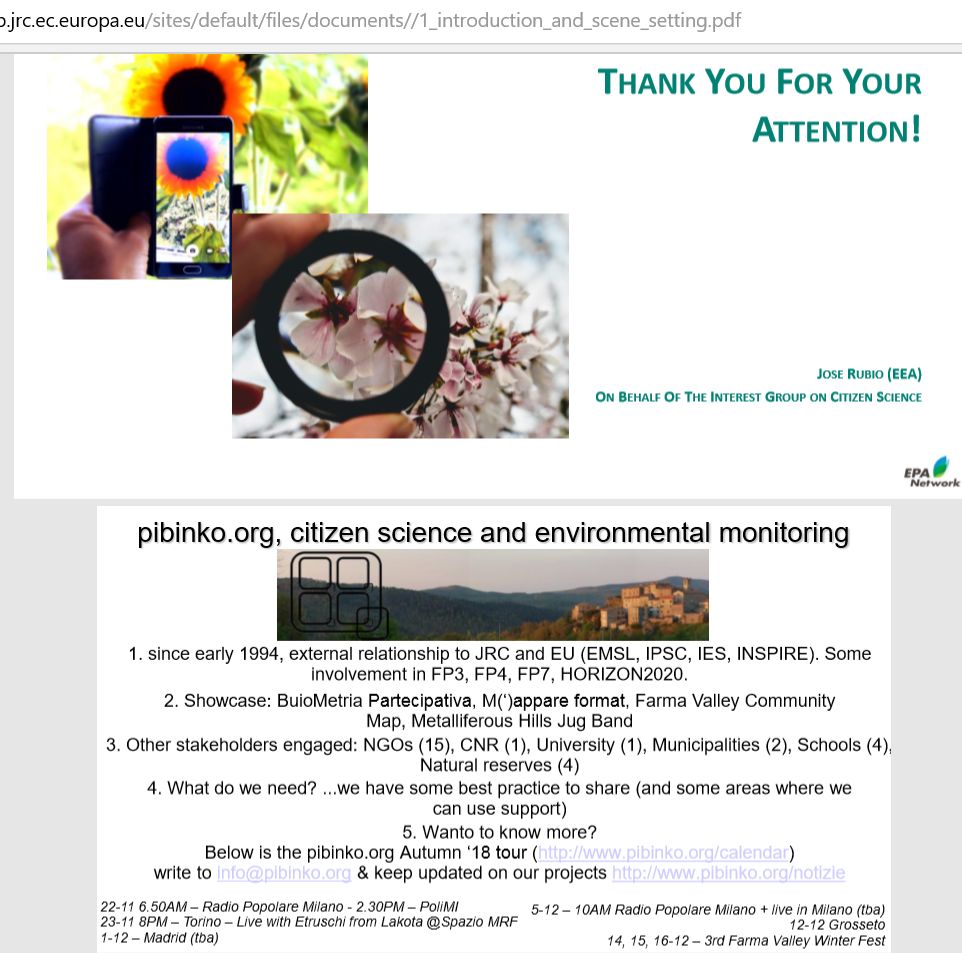
Thanks again to Marina Manzoni for the invitation.
Nov. 16, 2018: Repubblica.it -A milder climate and artificial lighting alter tree resting
With and interview to Luciano Massetti (National Research Council Institute of Biometeorology), with whom we collaborate since 2014 on the BuioMetria Partecipativa project.
For more information: bmp@pibinko.org

Nov. 15, 2018- Do artificial lights alter the “rest” of the trees? (Italian Research Council press release)
This is a press release by the Italian Research Council, presenting the publication by Luciano Massetti about “Assessing the impact of street lighting on Platanus x acerifolia phenology” Published on Urban Forestry & Urban Greening in August 2018.
The press release was abridged by some national media, not mentioning the other organisations with which CNR IBIMET collaborates on the topic of light pollution (namely, the University of Pisa and the BuioMetria Partecipativa project).
Find here the full press release (in Italian, for the moment).
Thu. Nov. 22, 2018: Planning the upper half of the landscape at Politecnico di Milano with the BuioMetria Partecipativa project
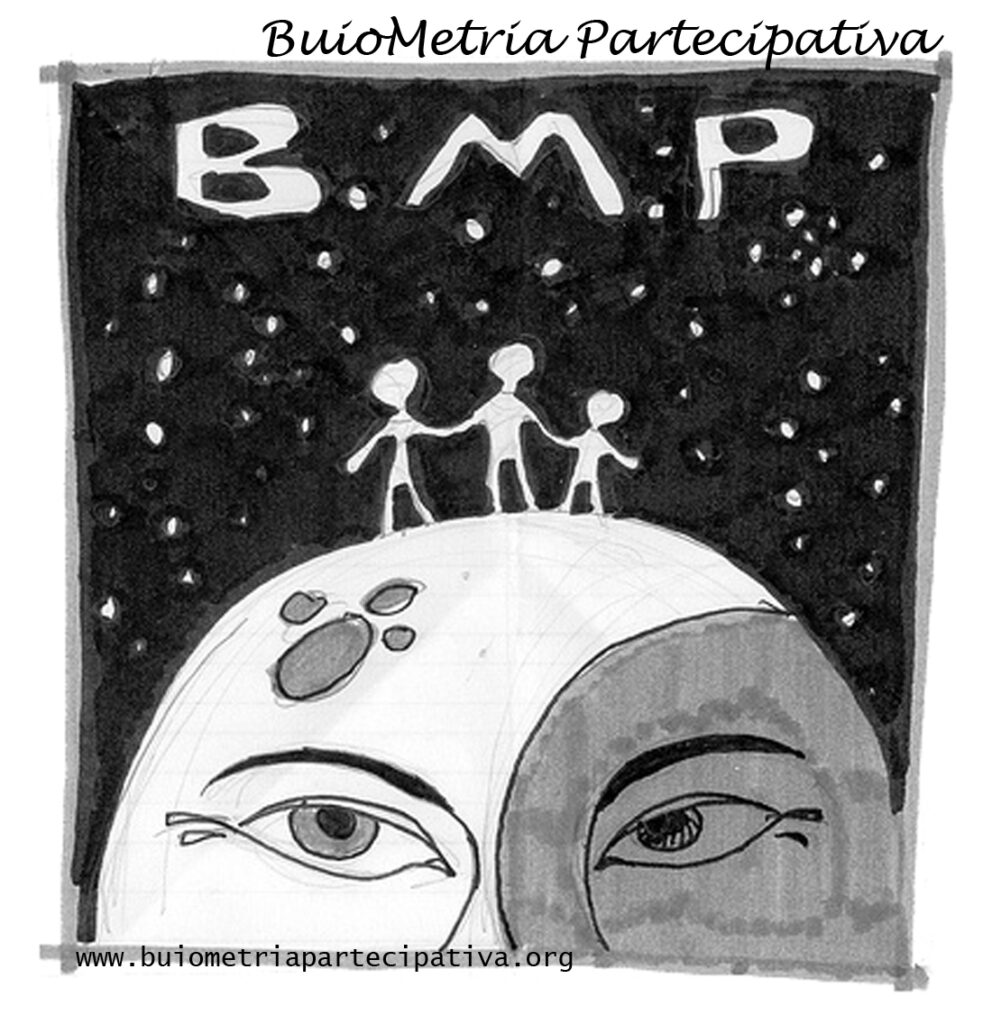 Thursday, Nov. 22, 2018 from 2.30PM to 3.30PM with the landscape planning course at the Faculty of Architecture, Politecnico di Milano (via Bonardi), there will be a seminar on Planning the “upper half of the landscape” (pianificare l’altra metà del paesaggio, in Italian) where we will explain the BuioMetria Partecipativa point of view on this topic. The lecture will be given in English (as all of the course lectures).
Thursday, Nov. 22, 2018 from 2.30PM to 3.30PM with the landscape planning course at the Faculty of Architecture, Politecnico di Milano (via Bonardi), there will be a seminar on Planning the “upper half of the landscape” (pianificare l’altra metà del paesaggio, in Italian) where we will explain the BuioMetria Partecipativa point of view on this topic. The lecture will be given in English (as all of the course lectures).
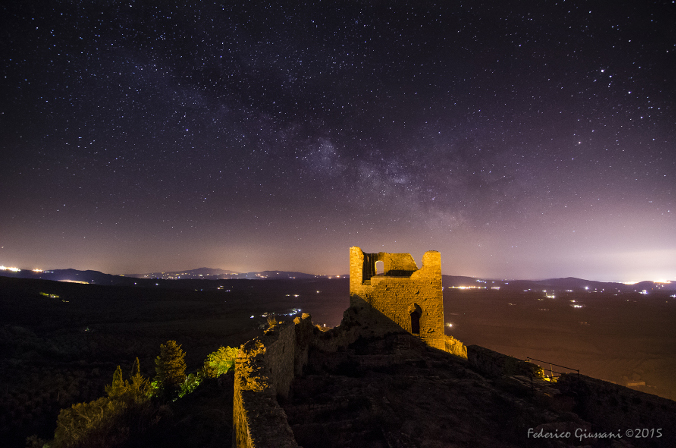
People are often used to think of landscape planning as a discipline involving elements with a connection to the ground, with the sky being merely a backdrop to our projects and our operations.

